|
Our second Valley Campaign of lockdown ended today, with victory for Stonewall Jackson and Baldy Ewell. This campaign lasted for ten turns (taking about that number of weeks) and ended with a decisive victory for the rebels. I’m glad to report that all four players put their all into the campaign, right up to the final turn. Below, I am recording the Richmond Times report that went to the players today. Afterwards, I have supplied a post campaign analysis, again shared with the players. Gentlemen This is a different form of report from previously as you are all receiving the same document. The campaign has ended with a victory for the Confederacy. Jackson and Ewell are in possession of Winchester. Banks is at Charlestown and Frémont at Martinburg, excepting a force at Wardensville. The Federals have lost a great many men and materiel and are not in a position to continue the fight for now. The last turn proved decisive. I pass on the following report, some of it eye witness, by Monty Breeches, a correspondent of the Richmond Times, travelling with General Jackson. “The past few days have seen a dramatic series of events, the consequence of which has seen the retirement of Union forces towards the Potomac. It began a while back with a reconnaissance ordered by General Jackson, to explore the passes into the valley from the Allegheny mountains. His cavalry reported that the road to Winchester across Cacopon River Crossing had been left unguarded. Jackson responded immediately, summoning all available troops to follow this route into the heart of Federal territory. The Federal commanders, Frémont and Banks, reacted to this movement by pulling back their forces from further up* the Valley, but Jackson got the drop on his opponents and, after some struggle, took Winchester from Banks, in so doing dividing the latter’s Command. Meanwhile General Ewell followed the Federals northwards, keeping in close touch with their outposts. The final stage in the campaign began with Jackson established in Winchester with almost his entire command; Banks divided between Charlestown and Middleton; Frémont between Strasburg and Wardensville; and Ewell between Front Royal and Mount Jackson. Banks and Frémont agreed that their top priority must be to regain Winchester and so reopen communications with Harper’s Ferry. To do this, Frémont would recall his forces from Wardensville and march northwards down* the Valley Pike. Banks would wait for his approach and then the two would attack Winchester simultaneously from Kernstown, Middleton and Charlestown. This plan, however, depended for success upon the inactivity, or at least sluggishness, of General Ewell. A dangerous calculation indeed! For General Ewell, aware also that a crucial challenge had arrived, chose this moment to unleash a bold assault on Strasburg from the South and East. In one of those occasions when bad luck bites the bottom of the bold, Frémont, in his haste to move north, marched out of the entrenchments at Strasburg before his troops in Wardensville reached the town, leaving the defences unoccupied. At just this moment, Ewell’s cavalry, reinforced by half of Jackson’s cavalry, arrived in the town, followed closely by hard marching infantry. Frémont, who by chance was riding through en route from Wardensville, ordered his accompanying cavalry to restabilise the situation while his infantry forged ahead to Winchester. It was a brave decision not to recall any infantry from the march. Alas for Frémont, his cavalry although it fought bravely, could not stem the confederate tide. Ewell’s troopers smashed through the federal horse. Ewell detailed some troops to hold Strasburg against the Wardensville road and, fully aware of the need for haste, spurred his main body onwards down the pike. With Ewell coming up fast behind him, Frémont was forced to turn his forces around or face being taken from behind while on the march. The messy running fight that ensued favoured Ewell, whose cavalry was superior in both numbers and quality. Try as Frémont might to send at least one brigade to attack Winchester, his whole command became embroiled in the battle. Frémont’s men fought stubbornly but by nightfall, his line had ruptured. Frémont himself was wounded and made off northwards with a knot of troopers. Various small bodies of men made their escape in the darkness, but a great many Federals were taken prisoner. Skirting around to the west of Winchester, the remnants of his command began to reassemble at Martinburg. Meanwhile the Federal troops following on from Wardensville were surprised to find their way blocked at Strasburg by Confederates who were themselves now manning the town’s entrenchments. After a half-hearted exploratory attack was repulsed, they retired on Wardensville, guessing that Federal fortunes had taken a dark turn. While Frémont and Ewell fought their running battle between Strasburg and Kernstown, Banks launched his assault on Winchester. However Jackson, well served by his aggressive scouts, had good warning of both advances and met each of them with resolution. The attack from Middleton, led by Banks himself, made initial headway and at one point broke in to the rebel earthworks. It was then thrown out by a counterattack by the Stonewall brigade. Banks was hampered by falling ammunition supplies, having been unable to restock since the first attack on Winchester in the previous turn. Determined not to be cut off from Harper’s Ferry or ground between Jackson and Ewell, Banks was able to retire cross country towards the east, eventually linking up with the rest of his command at Charlestown. His losses in men and materiel, however, were considerable. At the end of this eventful turn, Ewell marched into Winchester to meet Jackson in person for the first time since the start of the campaign. The two men celebrated with a pot of coffee and a tray of grits. (Well, what did you expect? Jackson weren’t no party animal and Ewell could hardly get pissed on his own). Post Campaign Analysis The first moves of the campaign saw the Federals take and hold the central position, while Jackson went West and Ewell held the eastern fringes of the valley. Jackson displayed an admirably focussed maintenance of aim. He set himself the campaign objective of a left hook through the Alleghenies, first to cut Fremont from his supply line and then to get in behind the federal line. All the while, there was scope for the Union to overwhelm one or other rebel wing and for most of the campaign, they were able to bring superior numbers to each confrontation. The transport capacity of the Valley turnpike was also a great help. For much of the game there was the thinnest rebel screen in the centre, which was fortunate not to be overwhelmed. But the rebels evidently calculated, rightly as it turns out, that if Jackson kept pushing northwards, the enemy would have to conform to his movements. Sure enough, the Federals kept a nervous eye to both east and west and were made cautious by the prospect of Jackson or Ewell falling on their flanks. Jackson’s repulse at Strasburg was a surprise blow to the rebel commander, who had not expected both Frémont and Banks to be present in force. After Strasburg, I thought the campaign was about to be won for the Union. The victors even agreed on a march south that would, I am convinced, have ripped the Confederate defences to shreds and at the very least, have brought Jackson tearing back down the valley to protect Staunton. Yet over the course of their exchanges they persuaded themselves that a more cautious advance was preferable, since they feared a threat from Ewell in the East. At the time, the Pike in front of them was weakly defended and there was in fact no threat from the east beyond an aggressive rebel cavalry regiment. Looking back, I think the federal decision to go cautious after Strasburg was the turning point in the campaign. From then on, the initiative passed to and stayed with the Confederates. In the final stage of the campaign, the rebels got into the midst of the Federal position, seizing the central position that had benefited the Federals until then. First Banks and then Frémont had their commands split by enemy action. Moreover, Jackson and Ewell were now close enough to one another to combine their efforts to defeat their enemy. Winners and Placed
I have been awarding VPs to all players throughout the campaign, both for physical achievements (battles won, supply centres captured) and for actions or behaviours that impressed me. The table above is entirely subjective of course, but I added points each turn, based on the outcomes and orders submitted at the time. While the rebels are overall winners, there are areas where every player performed well. In the end, the totals levelled out pretty evenly, with the exception of Jackson, who received extra points for taking one supply source, blocking another supply line and demonstrating a single-minded capacity to keep his eyes on the prize. Of course, he couldn’t have done this without Ewell’s readiness to keep Federal attention in the Valley. Jackson’s tour of the Alleghenies left Ewell constantly facing superior enemy numbers. He was prepared to give ground where the odds looked too dangerous but he was quick to move northwards again when the chance arose. Crucially, in the final stages, he was close enough to the action to act in concert with Jackson and thwart the federal attempt to reopen their supply lines through Winchester. Ewell showed plenty of aggression when it was needed and without him, Jackson would very likely have been ejected from Winchester. Banks and Frémont started the campaign very well, reaching quite far south and causing Ewell in particular some uneasy moments. Throughout the campaign their cooperation was excellent, sharing all information and acting almost as one command. This allowed them to respond to the threat to Strasburg with a nasty surprise for Jackson when he found both Frémont and Banks to be present with large portions of their armies. Their plan and execution of the battle of Strasburg was first rate. For ruses, Frémont showed particular ingenuity. He mined (and blew) bridges; indulged in a bit of Beau Geste posturing behind earthworks, crept a cavalry regiment past a sleeping garrison and hid whole brigades in ambush. Everybody participated with complete focus and exemplary sportsmanship throughout the campaign, accepting bad news with good grace and never questioning the umpire’s reports. This is especially impressive considering that the restrictions of lockdown prevented players from playing out the battles that occurred. If the defeated secretly thought that had they been rolling the dice in person, the outcome could have been different, they did not share such thoughts with me. I hope you enjoyed the campaign. I am very grateful to you all for taking part. My lockdown has certainly been more bearable thanks to you. I hope to meet and perhaps play a face to face game with you before too long. Tim (Note the photos with this post are of figures in my collection but are not ‘action shots’ of the final turn, as I played this out using unphotogenic counters and maps). * I am indebted to George Mangano from Winchester for explaining that troops moving northwards are travelling ‘down’ the valley, and vice versa. It’s always good to get these things right!
3 Comments
Last week we got out the Warhammer rulebook again. Back in January Nick and I had played our first game of Warhammer 7th edition for a few years. It had been so long that we were both rusty and made mistakes, me more than Nick of course. But the game was great fun and we agreed to play again soon to help us get back on top of the subtleties. Covid 19 put the refight back several months but we finally got together for a socially distanced game last Wednesday. We kept the same races and 2500 point armies, but agreed we could tweak the lists in the light of the first game. Nick dispensed with his giant, added some boarboys and reduced the size of his night goblin horde while I swapped out an engineer for a warrior priest and created more detachments for my spearmen. I brought Luther Huss to lead my army while Nick’s general was a Warboss on foot. As before, the Empire was heavily outnumbered, having sunk points into two great cannon and a steam tank. Nick also invested in a doom diver, partly for the fun of the model. There were some lovely old metal models on the table, including Ricco’s republican Guard, my favourite regiment of renown, though counting this time as spearmen (their ‘pikes’ really aren’t worthy of the name anyway). The metal steam tank weighs a ton. Deployment I set up on a central hill with a unit of ten knights on each flank, plus some pistoliers on the left and the steam tank on the right. Nick put all his night goblins on his right, his orc boys in the centre and his boar boys and wolf riders on his left. What just happened? First, the good news for Empire fans. I wasn’t steamrollered. But I still lost. We both had rather more success on our right flank in the opening moves. My right flank knights chased the wolf riders off the table and the steam tank beat the boar boys, although they rallied later in the game. The steam tank turned in behind the Orc centre, which looked a very promising move. Over on Nick’s right, however, his two night goblin fanatics sent my pistoliers packing, one of whom had an even bigger part to play later on. Meanwhile his centre advanced on mine. Of course, one of my cannon misfired and lost two turns of firing, during which its crew would be flattened by squig hoppers. My firearms and the other cannon did kill orcs but never enough to trouble an Orc unit. As the centres prepared to collide, my left flank, Inner Circle knights led by Luther Huss himself, were stalled immediately in front of one of Nick’s fanatics. I had made a silly decision placing my army commander on the far left as he was out of touch with the centre just as the crunch approached. I reckoned that if I waited for the fanatic to spin himself out of the way it’d be too late, so trusting to luck, I declared a charge on a goblin regiment and moved my knights right through him. And he rolled 5 hits. And he killed 4 knights. And the knights panicked, running off the table with Luther Huss in tow. Which pretty much wrapped up the day for the Empire. In truth the Empire did have some further successes before the end. The most heartening was the defeat and elimination of 20 Black orcs by ‘Ricco’s’ spearmen, led by Warren the warrior priest. Warren’s hate attribute helped the spears to weather the fury of the first assault, while their halberdier detachment stripped the black orcs of their rank bonus. This fight showed what can be achieved when Empire soldiers and their detachments are used properly. Elsewhere my centre mostly came off worse. I still had high hopes for the terror-causing steam tank behind the Orc left centre, but Nick assaulted it with a Squig herd that inflicted 5 wounds in a round. In my next turn, needing enough steam points to grind or boil the pesky squigs, I rolled too high and spent the turn doing nothing. From unstoppable monster to busted tractor in two turns. Them’s the breaks. At game’s end, our lines had rotated around our right wings, with the armies now facing each other perpendicular to the original line. But while I retained a line in being, it was distinctly ropey and Nick’s orcs were still present in dangerous numbers. Having lost general, battle standard and several regiments, I admitted defeat. But I like to think that Warren the warrior priest was able to march off the field, leading Ricco’s and his lads to safety. We both enjoyed the game enormously and agreed we should play again soon. We both played better than last time and our guessing skills for artillery fire are nearly back to scratch. For our next bash, I may take only one cannon, since while effective against giants, the great cannon really isn’t so deadly against a horde of orcs. I also want to work on the Empire detachments as we did see how effective they can be if used properly. And I may, alas, drop one or both units of knights, since the points they take up don’t justify the chasing off of a gang of wolf riders. That, or I deploy them smack bang in the Empire centre next time and let them loose.
Having twice won as an Orc, Nick is angling to play the Empire to test some theories about how to neutralise greenskins. So next game, we may change sides. However, having improved on my performance between games one and two, I am sorely tempted to have one more go. After all, as they say, the third time is the charm. |
Archives
November 2023
Categories
All
|
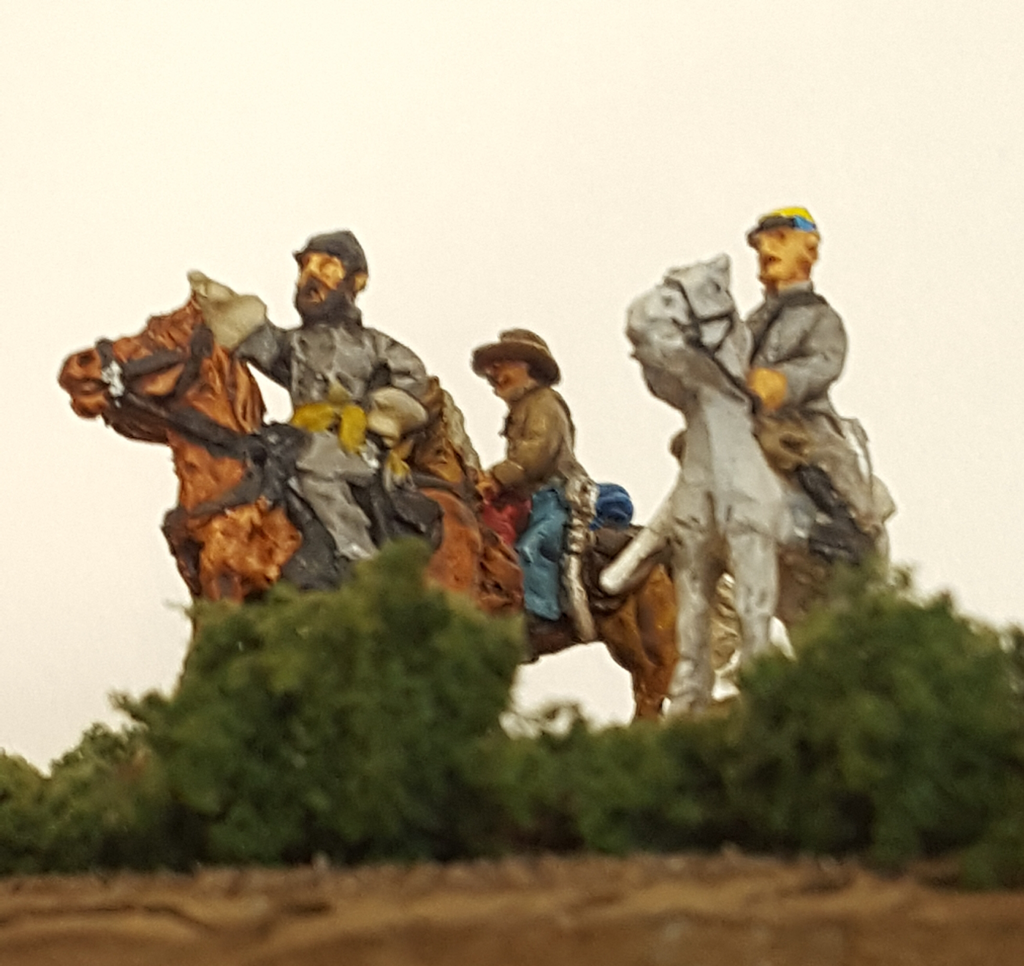
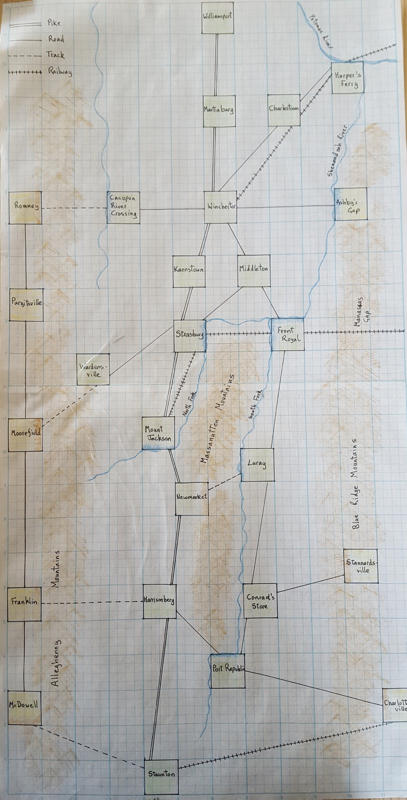
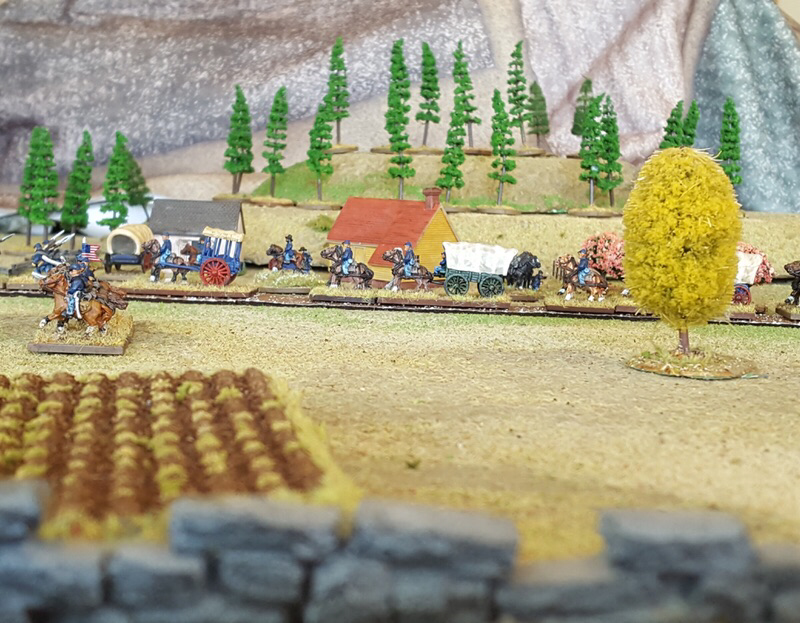
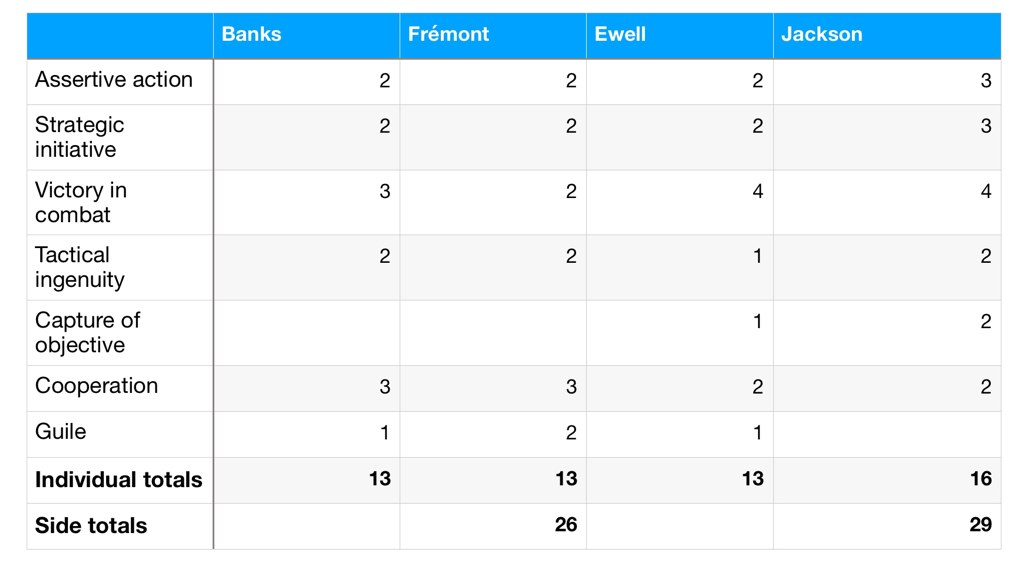
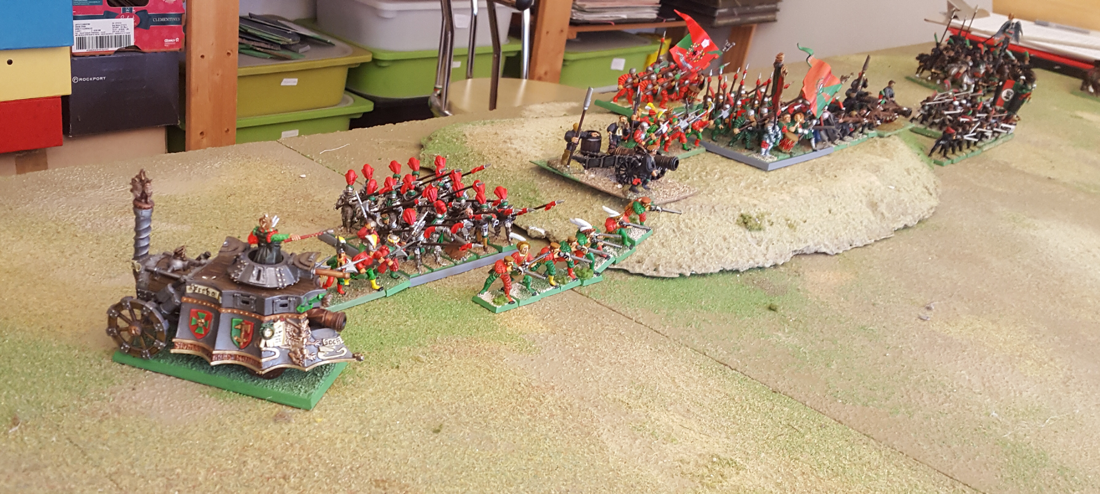
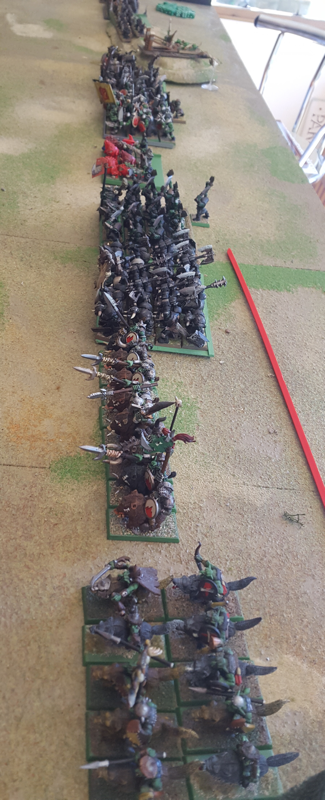
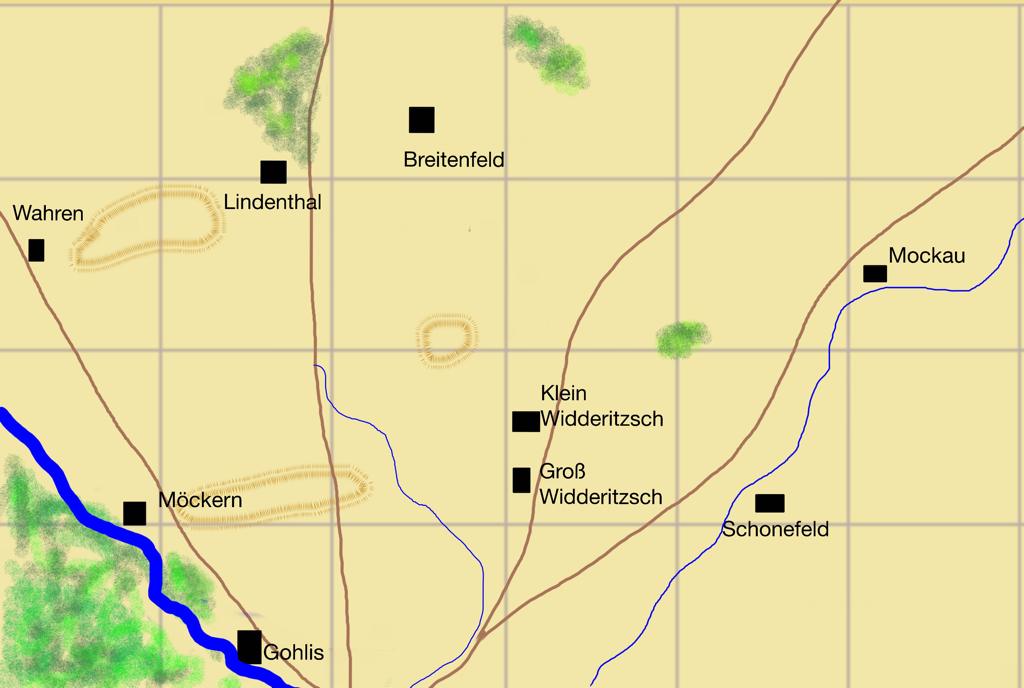
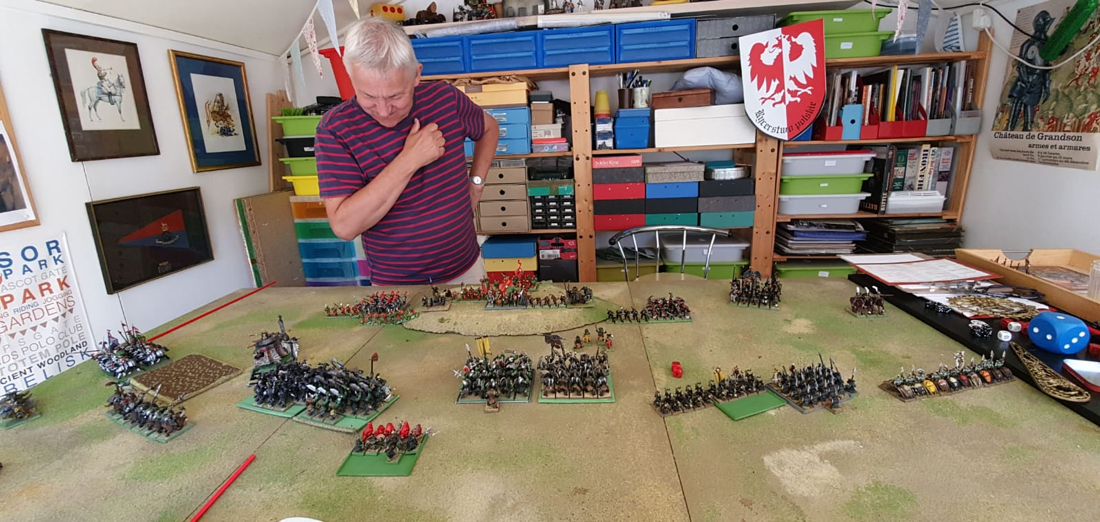
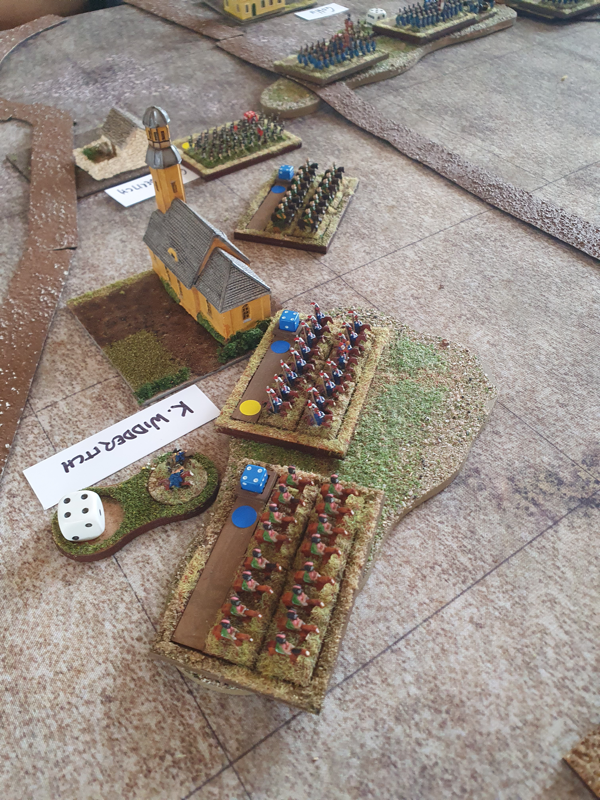
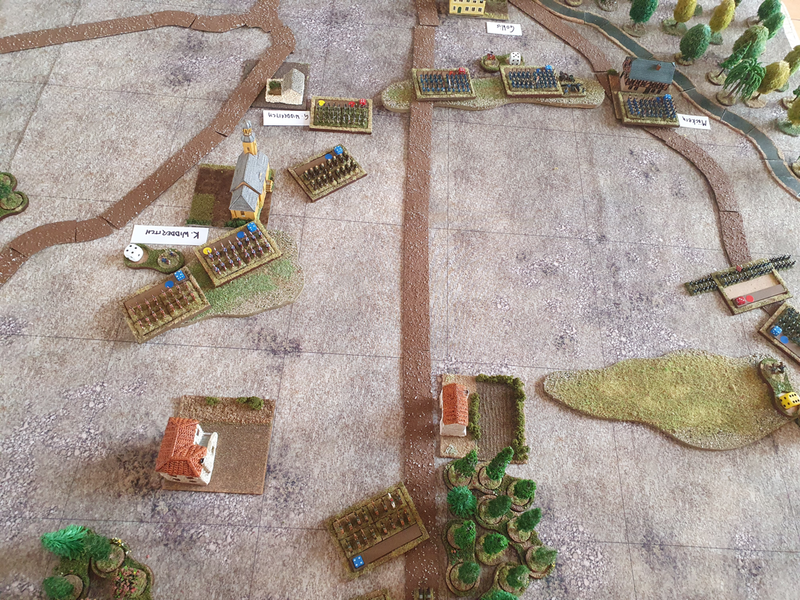
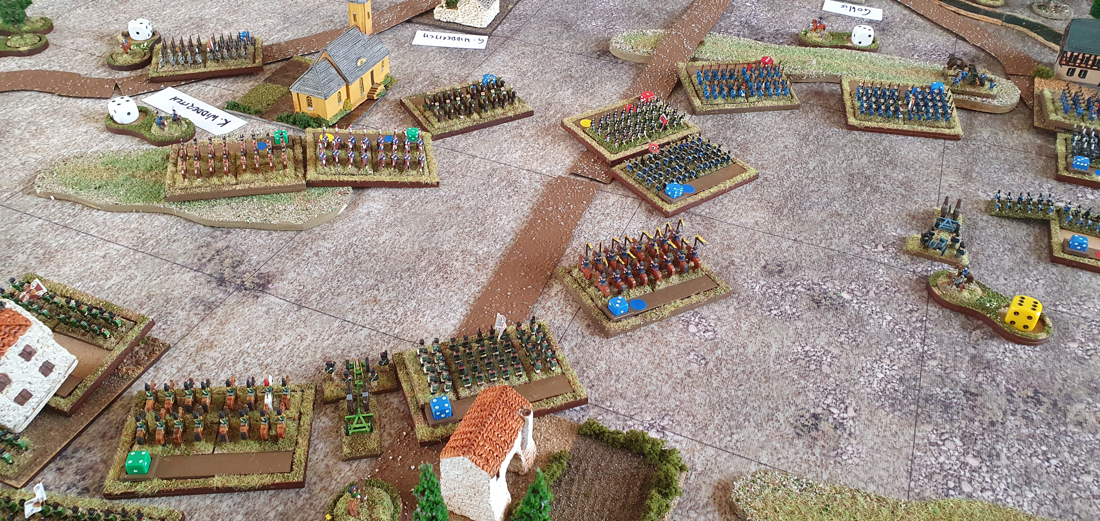
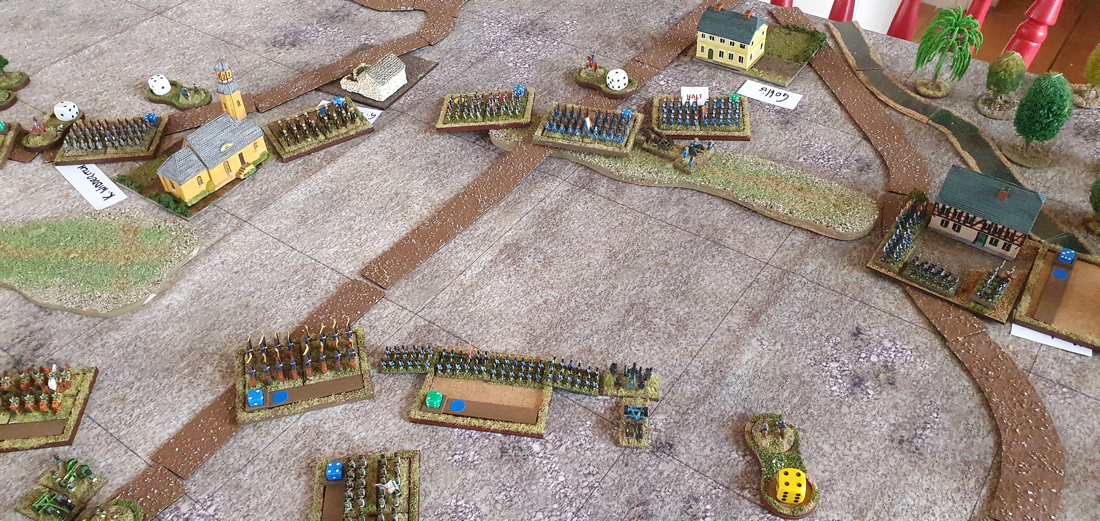
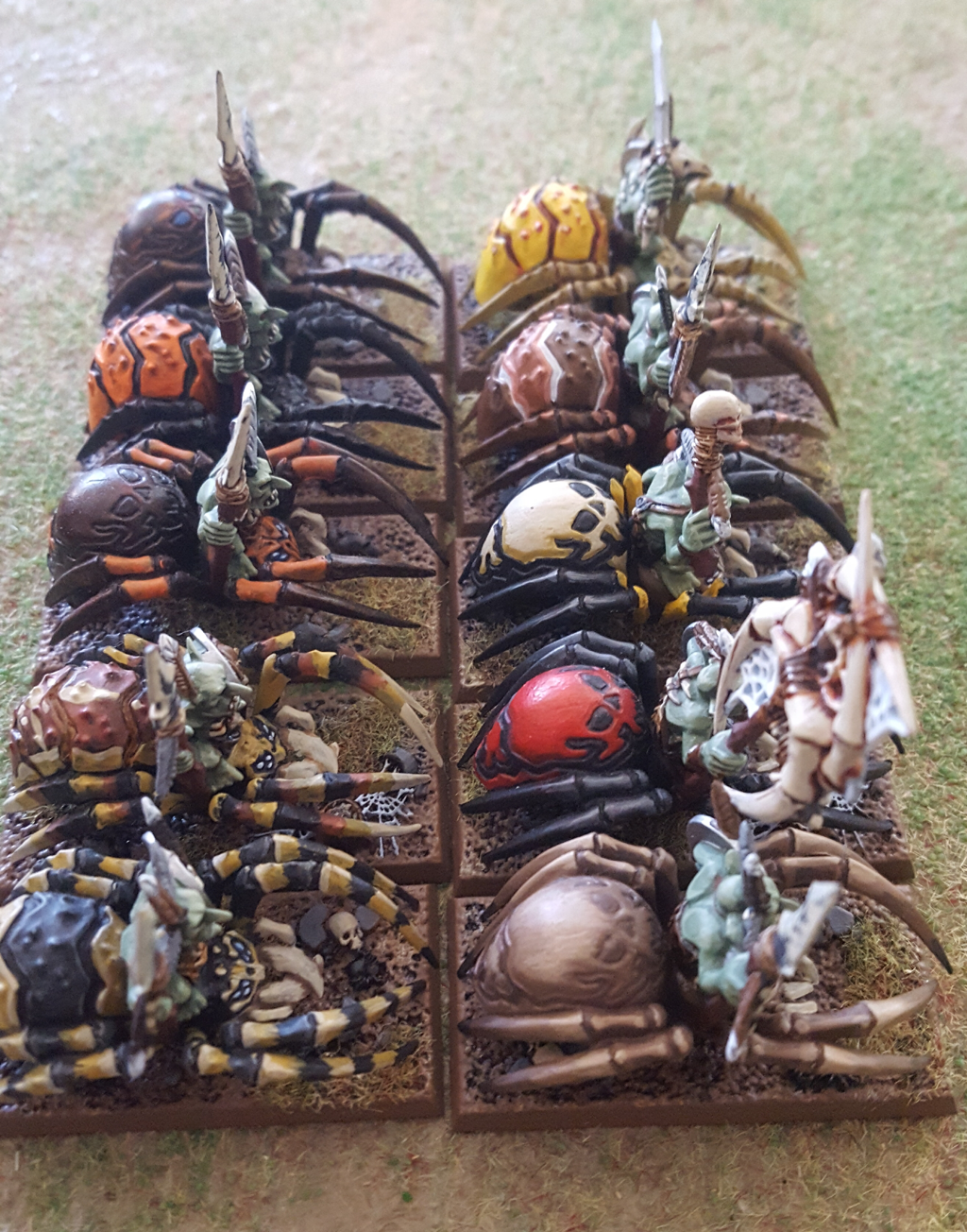
 RSS Feed
RSS Feed